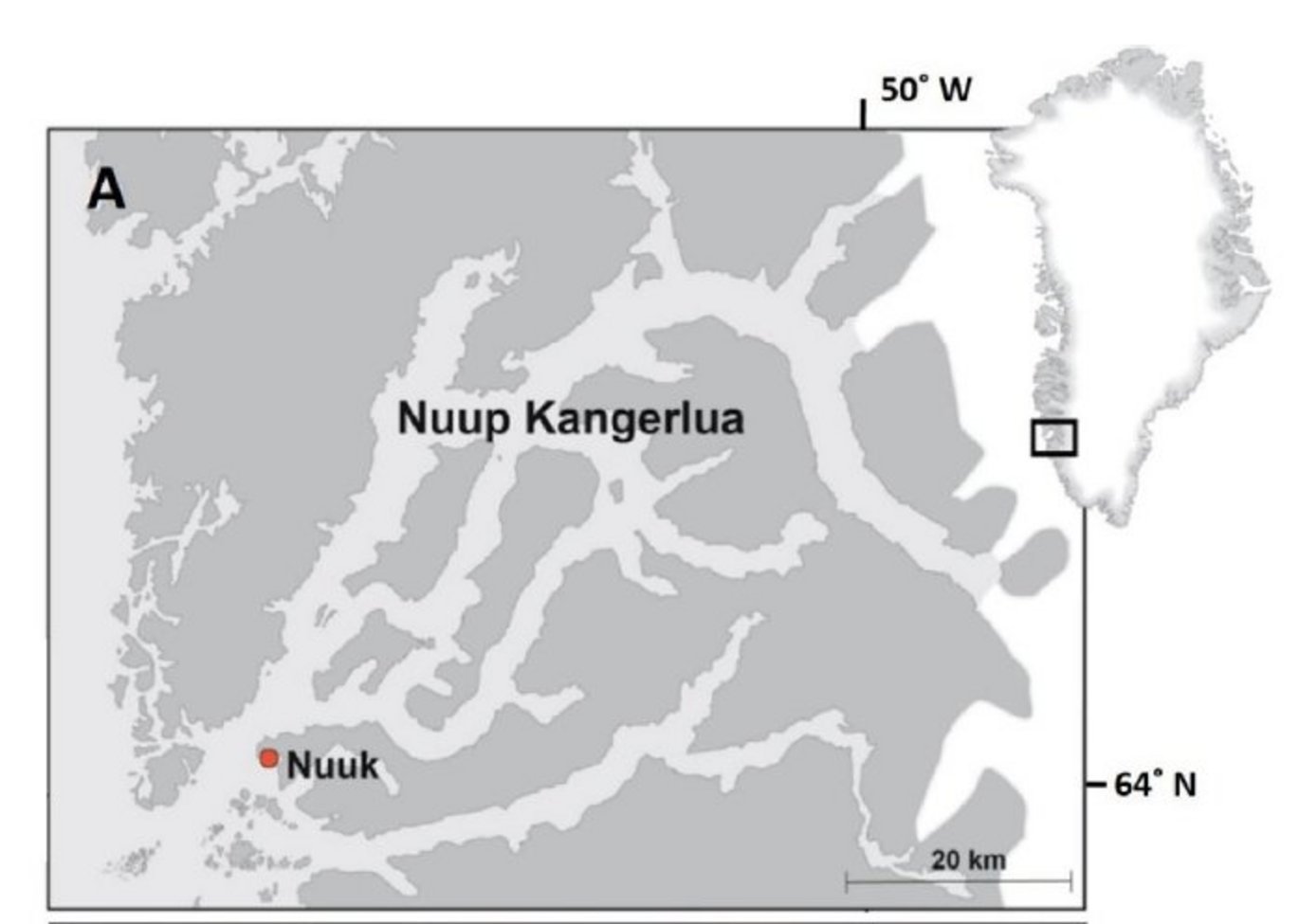Microbial and nutrient enrichments in Brine and Nilas during the first 24 h of open water lead refreezing
New publication by Lars Chresten Lund-Hansen, Lasse Z. Jensen, Brian Sorrell, Per Andersen, Lorenz Meire, Dorte Haubjerg Søgaard, Tina Santl-Temkiv

Abstract:
Open water leads in the sea ice covering the Polar regions are becoming more frequent and cover larger areas as a result of the warming and thinning of the ice. Refreezing of the leads advances the occurrence of young and newly formed sea ice (nilas), which has a thickness of < 10 cm and is characterized by a highly saline surface brine. Due to the growth of fragile frost flowers exposed at its surface, nilas can become a significant source of bromine, mercury, sea salt aerosols, bioaerosols, and ice nucleating particles for the atmosphere. Here we report the results of a study where we investigated the initial formation phase of a 3–6 mm–thick nilas in cleared sea ice ponds. Samples for quantifications of macronutrients, microorganisms, Chlorophyll a (Chl a) and photobiology were collected from seawater, nilas, and brine 5 and 24 h, after the experiment commenced. The concentration changes between constituents were scaled relative to changes in salinity with the
enrichment index (I). Nilas was enriched in microalgae and Chl a and the brine was highly enriched in bacteria, virus like particles (VLPs) and algae after only 5 h. We did not find a significant further enrichment between 5 and 24 h of nilas formation. This indicates that the initial formation phase of the nilas is an important step in distributing nutrients and microorganisms in nilas and brine. Only particulate matter was enriched in nilas and brine and none of the macronutrients. Photosynthetic microalgae were strongly impaired in the nilas and the brine, where no fluorescence signal could be detected supposedly due to a combination of excessive light at the surface and high brine salinity. The reasons for the observed differences in enrichments are evaluated and discussed including concentration of particulate matter, evaporation of surface brine, microbial growth and concentration of microorganisms in the sea surface microlayer (SML). Further studies are needed to decipher which
of the proposed mechanisms were predominantly responsible for the observed enrichments as well as how these enrichments affect firstly the frost flowers and secondly the atmosphere.
